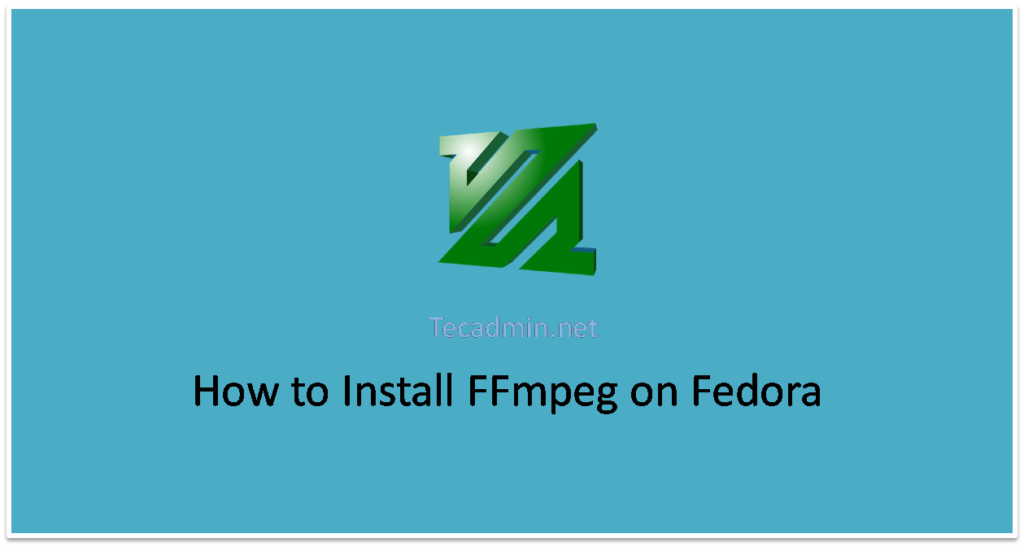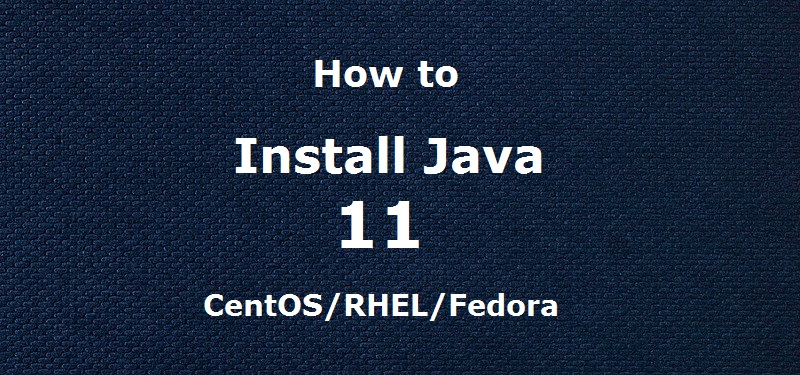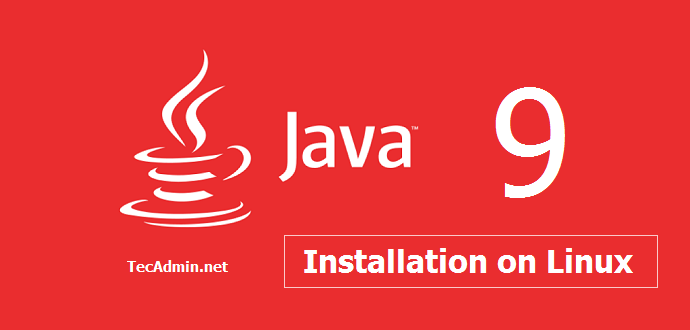Redis is an open-source, in-memory data structure store that is widely used as a database, cache, and message broker. It is known for its high performance, flexibility, and low memory footprint. Redis supports a wide range of data structures, including strings, hashes, lists, sets, and sorted sets, and provides various features such as replication, transactions, Lua scripting, and pub/sub messaging. In this tutorial, we will walk you through the process of installing and configuring Redis on Debian. We will cover how to install Redis, configure it to run as a service, and secure it using authentication. Step 1: Update the…
Author: Rahul
MySQL is an open-source relational database management system that is widely used for storing and organizing data in a structured manner. Fedora is a popular Linux distribution that is widely used by developers and system administrators. I If you need to install MySQL 5.7, the official repository provides packages up to Fedora 31. The latest Fedora version is recommended to use MySQL 8.0. Use other article to install MySQL 5.7 on Fedora 31/30 and earlier versions. In this article, we will be discussing how to install MySQL 8.0 on Fedora. Prerequisites Login to your Fedora system and open a terminal.…
Django is a Python Web framework that encourages rapid development of applications. This tutorial helps you to install Django on Debian 10 Buster, Debian 9 Stretch system. After that create and run your first Django applications. Step 1 – Prerequsities The latest versions of operating systems come with default Python 3 installed. The minimal installation systems may not have Python installed, Execute the below commands to install it. Also, install pip on your system. sudo apt-get install python3 python3-pip Then check the Python and pip version: python3 -V Python 3.5.3 pip3 -V pip 9.0.1 from /usr/lib/python3/dist-packages (python 3.5) Step 2…
MySQL is a relational database management system. This tutorial will help you to install MySQL 5.7 on Fedora Linux systems. You can also follow these instructions to install MySQL 8 or phpMyAdmin on your Fedora system. Step 1 – prerequisites Login to your Fedora system and open a terminal. Now upgrade the current packages to the latest version by running the following command. sudo dnf update Step 2 – Configure Yum Repository The MySQL team provides a Yum repository for the installation of the MySQL community server on Fedora systems. First, download the GnuPG key to your local system. cd…
FFmpeg is a cross-platform solution for streaming audio and video as well as recording and conversion. It’s also useful to convert multimedia files between various formats. FFmpeg includes libavcodec audio/video codec library in it. This article will describe how to install FFmpeg on Fedora 34/33/32/31/30 Linux systems using DNF. It also provides basic uses of the FFmpeg command-line utility. Step 1 – Configure Yum Repository First of all, You must have installed and enabled the RPMfusion repository on your Fedora system. If you don’t have installed, use the below commands to install. sudo dnf install https://download1.rpmfusion.org/free/fedora/rpmfusion-free-release-$(rpm -E %fedora).noarch.rpm sudo dnf…
Java is a popular programming language for system software development and web application. You need to install the Java Development Kit (JDK) and Java Runtime Environment (JRE) for the setup of the Java development environment. JDK compiled the source java file and make a java class file. JRE is used to run that intermediate class file. This tutorial will guide you to install Oracle Java 11 LTS version on Debian 9 Stretch Linux system. Step 1 – Prerequsities Before beginning the installation login to shell as the sudo user and install some required packages on your Debian system. sudo apt…
The Oracle Java 8 and Java 11 required subscription to download and install. So we use OpenJDK for this installation to run Java on CentOS 7/6 and RHEL 7/6 Linux system.. This article will help you to install Java 11 on CentOS 7/6, RHEL 7/6 Linux system. Step 1 – Search Java Packages The OpenJDK rpm packages are available under the AppStream repository. Use the following command to search available Java packages under configured yum repositories. sudo dnf search openjdk Step 2 – Install Java 11 on CentOS Now, use one of the following commands to install the required Java…
Java is a popular programming language for the system software development and web application. You need to install Java Development Kit (JDK) and Java Runtime Environment (JRE) for preparation of a Java development system. This tutorial will guide you to install Oracle Java 11 LTS version on Ubuntu 18.04 LTS Bionic system. Install Oracle Java 8 on Ubuntu 18.04 Bionic Prerequisites Before beginning the installation run login shell as the sudo user and update the current packages installed. sudo apt update sudo apt upgrade Step 2 – Install Java 11 on Ubuntu 18.04 You need to add the following PPA…
Bash is a popular command-line interface that is commonly used on Linux and Unix-based systems. One of the powerful features of Bash is the ability to work with arrays. Bash arrays provide a way to store multiple values in a single variable, making it easy to access and manipulate those values. In this tutorial, we’ll explore how to work with arrays in Bash, including how to declare, initialize, and manipulate arrays. Declaring Arrays in Bash To declare an array in Bash, we use the following syntax:
1 | array_name=(value1 value2 ... valueN) |
Here, array_name is the name of the array, and value1, value2, …, valueN…
MySQL is a popular open-source relational database management system used by millions of developers worldwide. It provides a variety of features and tools that make it easy to work with databases. One of the most important tasks in managing a MySQL database is monitoring and managing currently running processes. In this article, we will provide a comprehensive guide on how to find currently running processes in MySQL. We will cover three methods that you can use to retrieve information about running processes: the SHOW PROCESSLIST command, the INFORMATION_SCHEMA.PROCESSLIST table, and the MySQL Workbench tool. Method 1: Using the SHOW PROCESSLIST…



